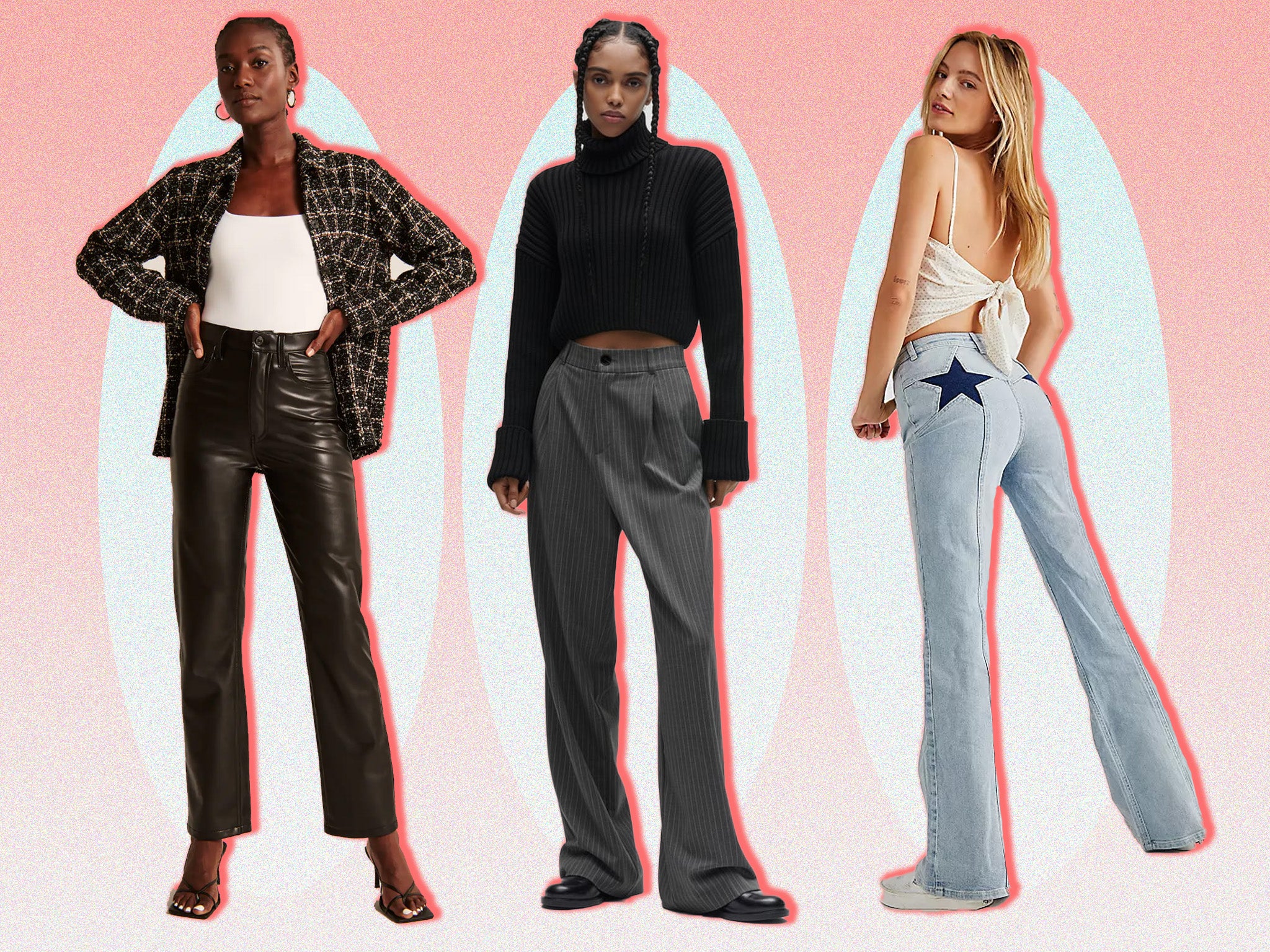In the ever-evolving world of activewear, the choice of fabric plays a crucial role in determining the performance, comfort, and durability of athletic clothing. As fitness enthusiasts increasingly prioritize both functionality and style, understanding which fabric is best for activewear becomes essential. This guide delves into the various fabric options available, their unique properties, and how they cater to different types of physical activities.
Understanding Activewear Fabrics
Activewear fabrics can be broadly categorized into natural and synthetic materials, each offering distinct advantages and disadvantages. The choice of fabric often depends on the specific activity, climate, and personal preferences of the wearer.
- Natural Fabrics
Natural fabrics, such as cotton, wool, and bamboo, are derived from plants and animals. While they are often praised for their comfort and breathability, they may not always be the best choice for high-intensity workouts.
- Cotton: Known for its softness and breathability, cotton is a popular choice for casual activewear. However, it absorbs moisture, which can lead to discomfort during intense workouts. Cotton is best suited for low-impact activities like yoga or walking.
- Wool: Merino wool, in particular, is gaining traction in the activewear market due to its moisture-wicking properties and temperature regulation. It can keep you warm in cold conditions and cool when it's hot. Wool is ideal for outdoor activities like hiking and skiing.
- Bamboo: This eco-friendly fabric is naturally moisture-wicking and has antibacterial properties, making it a great choice for activewear. Bamboo is soft and breathable, suitable for a variety of activities, from yoga to running.
- Synthetic Fabrics
Synthetic fabrics, such as polyester, nylon, and spandex, are engineered to enhance performance. They are often favored for their durability, moisture-wicking capabilities, and stretch.
- Polyester: This is one of the most common fabrics used in activewear. Polyester is lightweight, durable, and moisture-wicking, making it ideal for high-intensity workouts. It dries quickly and retains its shape, making it a staple in running and gym apparel.
- Nylon: Known for its strength and elasticity, nylon is often blended with other fabrics to enhance durability and comfort. It is resistant to abrasion and is commonly used in leggings and sports bras, providing excellent support during vigorous activities.
- Spandex (Lycra): This fabric is renowned for its exceptional stretch and recovery properties. Often blended with other materials, spandex allows for a full range of motion, making it ideal for activities that require flexibility, such as dance or gymnastics.
Key Factors to Consider When Choosing Activewear Fabrics
When selecting the best fabric for activewear, several factors should be taken into account:
- Moisture Management
The ability of a fabric to wick away sweat is paramount in activewear. Fabrics that effectively manage moisture help regulate body temperature and prevent chafing. Look for synthetic blends that offer superior moisture-wicking properties.
- Breathability
Breathable fabrics allow air circulation, keeping you cool during workouts. Natural fabrics like cotton and bamboo offer breathability, but synthetic options like mesh panels in polyester blends can enhance airflow.
- Durability
Activewear is subjected to rigorous movements and frequent washing. Fabrics like nylon and polyester are known for their durability and resistance to wear and tear, making them ideal for long-lasting performance.
- Comfort and Fit
The feel of the fabric against the skin is crucial. Soft, stretchy materials like spandex blends provide comfort and support, allowing for unrestricted movement. Always consider the fit and how the fabric interacts with your body during various activities.
- Environmental Impact
With growing awareness of sustainability, many brands are now offering eco-friendly activewear options. Fabrics made from recycled materials or organic fibers can reduce your environmental footprint while still providing excellent performance.
Conclusion: Finding Your Perfect Activewear Fabric
Choosing the best fabric for activewear is not a one-size-fits-all approach. It requires a careful consideration of the type of activity, personal preferences, and the specific properties of each fabric. Whether you opt for the natural comfort of cotton and wool or the high-performance capabilities of synthetic materials, understanding the nuances of activewear fabrics will empower you to make informed choices that enhance your fitness experience.


